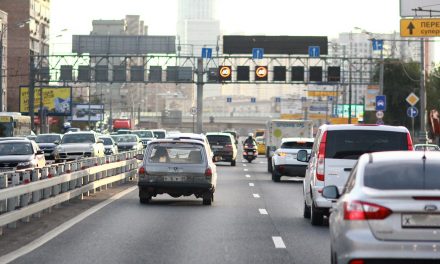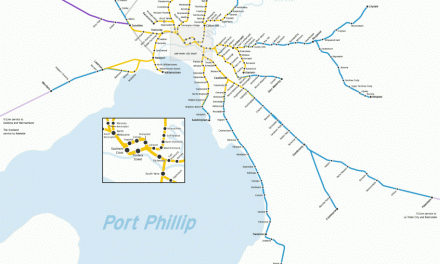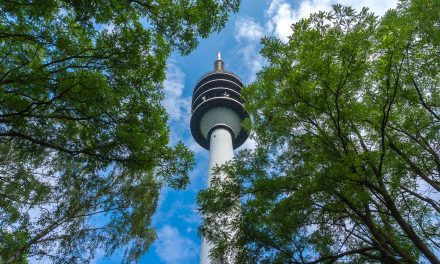The historic meeting between U.S. President Donald Trump and North Korean leader Kim Jong un will take place at 9am, 12 June 2018 tomorrow in Singapore at the Capella Hotel on Sentosa Island.
Singapore has gained the reputation of being a diplomatic hub, successfully playing host to a wide range of security summits and many high-profile bilateral meetings.
Wang-Koo Summit
This is the highest-level contact between China and Taiwan since the Chinese civil war ended in 1949. It was held in Singapore from 27-29 April 1993, between the heads of two semi-government bodies from China and Taiwan. The summit was seen as a major step in reducing cross-strait tensions and resulted in signing of four historic pacts. Singapore was unanimously selected as the meeting venue by both sides due to its neutral position, and the “good leadership and reputation” of its government.
Xi-Ma Summit
This is a landmark meeting between Chinese President Xi Jinping and then-Taiwan president Ma Ying-jeou on 7 Nov 2015 in Singapore at Shangri-La Hotel. This marked the first meeting between leaders of both sides since the end of the Chinese Civil War in 1949. However, this summit did not achieve much, other than setting up a cross-strait hotline to deal with emergencies. Singapore was chosen as the venue because it received requests from both China and Taiwan to facilitate the talks. Taiwan had earlier suggested holding the meeting in Manila during the Asia-Pacific Economic Cooperation summit in November 2015. However China did not agree as it is involved in the South China Sea territorial dispute with the Phillipines.
Trump-Kim Summit
On 8 March 2018, the White House announced this first summit between a sitting U.S. President and the leader of North Korea. Following threat and announcement to cancel the planned meeting from both sides, Trump finally confirmed on 1 June 2018 the summit will take place as scheduled on 12 June 2018.
A number of locations were mooted for the meeting. These include:
- The Peace House and inter-Korean House of Freedom in Panmunjom near the boundary of the Demilitarized Zone between North and South Korea, where the inter-Korean summit was earlier held on 27 April 2018.
- Ulaanbaatar, Mongolia, which has hosted a number of talks in recent years involving regional and international players, and is accessible by train from North Korea.
- Sweden – whose embassy acts as intermediary for Americans traveling in North Korea.
- Switzerland – where Kim and his two siblings had some schooling.
- Vietnam – a communist country recognized by the U.S. since 1995.
- Thailand.
- A Chinese city such as Shenyang, Changchun or Beijing (favoured by China).
- Russian port city of Vladivostok, accessible to Kim by land/sea or nearby Vyatskoye, Kim’s father Kim Jong-il’s birthplace.
- Pyongyang, North Korea – favoured by Kim.
- South Korea capital Seoul or Jeju Island.
- Aboard a U.S. ship in international waters.
First approached by the United States, then by North Korea, Singapore was eventually selected as the host country for several reasons:
- It is one of the very few countries that have diplomatic relations with both the U.S. and North Korea.
- It is seen as a neutral nation, acceptable to all parties involved. It has close ties with both the U.S. and China, being the United States’ closest security partner in Southeast Asia and has long-standing relations with China. It maintains diplomatic ties with North Korea for more than 40 years and had trade relations until these were suspended in November last year.
- Its security capabilities is highly-respected globally, with proven ability to host major summits without any significant security or intelligence slip-ups.
- It is experienced in hosting major summits involving high-ranking officials from around the world.
- It has an extensive array of hotels and other facilities whose staff are used to preparing for major events with tight security.
- It is much nearer physically to North Korea than other potential locations such as Switzerland or Sweden, which makes it easier for the North Koreans to travel.
- It has strict laws that prohibit public demonstrations.
This summit costs Singapore S$20 million or US$15 million, half of which are for security measures. Singapore PM Lee Hsien Loong considers this to be in Singapore’s profound interest. This summit will give Singapore’s publicity and raise its international standing. Now the world will be watching this potentially watershed moment in world history and Singapore will once again be put under the global spotlight, just like what it did during the historically symbolic Xi-Ma Summit in 2015.
Let us hope something constructive will result from this historic meeting, that will eventually pave the way towards a more peaceful world.
Reference
- https://en.wikipedia.org/wiki/2018_North_Korea–United_States_summit
- https://www.straitstimes.com/singapore/trump-kim-summit-other-landmark-meetings-singapore-hosted-including-the-xi-ma-summit
- https://www.cfr.org/blog/why-singapore-right-place-trump-kim-summit
- https://www.channelnewsasia.com/news/singapore/hosting-trump-kim-summit-says-something-about-singapore-s-10415386
- https://www.channelnewsasia.com/news/world/donald-trump-kim-jong-un-singapore-summit-10408524




